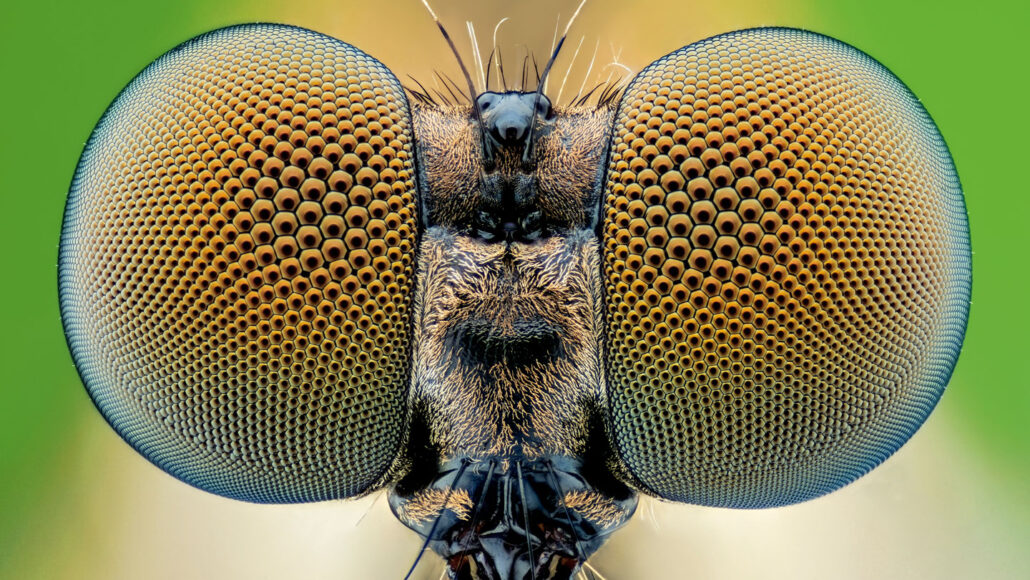beetle: An order of insects known as Coleoptera, containing at least 350,000 different species. Adults tend to have hard and/or horn-like “forewings” which covers the wings used for flight.
cell: (in biology) The smallest structural and functional unit of an organism. Typically too small to see with the unaided eye, it consists of a watery fluid surrounded by a membrane or wall. Depending on their size, animals are made of anywhere from thousands to trillions of cells. Most organisms, such as yeasts, molds, bacteria and some algae, are composed of only one cell.
crustaceans: Hard-shelled water-dwelling animals including lobsters, crabs and shrimp.
fossil: Any preserved remains or traces of ancient life. There are many different types of fossils: The bones and other body parts of dinosaurs are called “body fossils.” Things like footprints are called “trace fossils.” Even specimens of dinosaur poop are fossils. The process of forming fossils is called fossilization.
information: (as opposed to data) Facts provided or trends learned about something or someone, often as a result of studying data.
insect: A type of arthropod that as an adult will have six segmented legs and three body parts: a head, thorax and abdomen. There are hundreds of thousands of insects, which include bees, beetles, flies and moths.
lens: (in biology) A transparent part of the eye behind the colored iris that focuses incoming light onto the light-absorbing membrane at the back of the eyeball.
mantis shrimp: A marine animal related to crabs and lobsters. Mantis shrimp use armlike body parts to kill prey. They are often multicolored and have a very complex vision system.
mosaic: Something made from an assembly of different types of objects.
nerve: A long, delicate fiber that transmits signals across the body of an animal. An animal’s backbone contains many nerves, some of which control the movement of its legs or fins, and some of which convey sensations such as hot, cold or pain.
pixel: Short for picture element. A tiny area of illumination on a computer screen, or a dot on a printed page, usually placed in an array to form a digital image. Photographs are made of thousands of pixels, each of different brightness and color, and each too small to be seen unless the image is magnified.
sea stars: Another name for starfish, these animals are not true fish. They are related to sand dollars, sea urchins and sea cucumbers.
species: A group of similar organisms capable of producing offspring that can survive and reproduce.
trilobite: An extinct group of arthropods that were related to modern-day insects.
unit: (in measurements) A unit of measurement is a standard way of expressing a physical quantity. Units of measure provide context for what numerical values represent and so convey the magnitude of physical properties. Examples include inches, kilograms, ohms, gauss, decibels, kelvins and nanoseconds.
wavelength: The distance between one peak and the next in a series of waves, or the distance between one trough and the next. It’s also one of the “yardsticks” used to measure radiation. Visible light — which, like all electromagnetic radiation, travels in waves — includes wavelengths between about 380 nanometers (violet) and about 740 nanometers (red). Radiation with wavelengths shorter than visible light includes gamma rays, X-rays and ultraviolet light. Longer-wavelength radiation includes infrared light, microwaves and radio waves.








